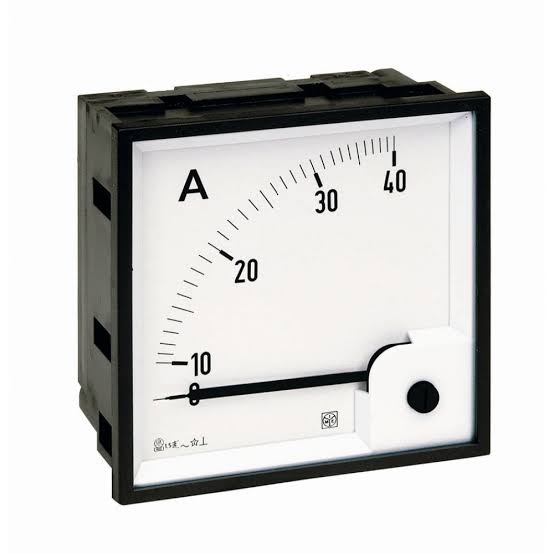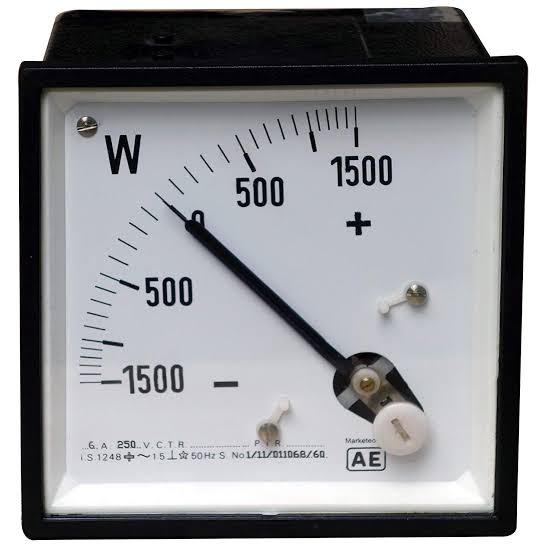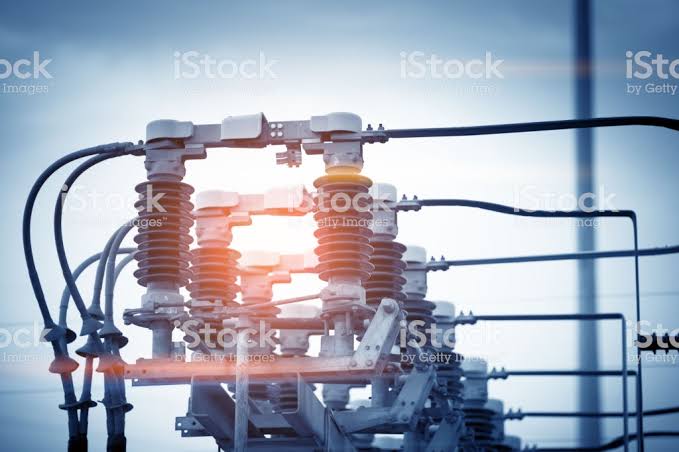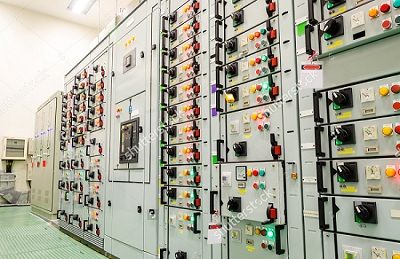What is an electric motor?
An electric motor is a device which convert electrical energy into mechanical energy.
Most electric motors operate through the interaction between the motor's magnetic field and electric current in a wire winding to generate force in the form of torque applied on the motor's shaft.An electric generator is mechanically identical to an electric motor, but operates with a reversed flow of power, converting mechanical energy into electrical energy.
Principle of electric motor :
An electric motor utilises the magnetic effect of current. It works on the principle that when a current carrying coil is placed in a magnetic field and current is passed through it, a force acts on the coil which rotates it continuously.
Classification
In certain applications, such as in regenerative braking with traction motors, electric motors can be used in reverse as generators to recover energy that might otherwise be lost as heat and friction.
Types of Electric Motors
Some of the most common electric motors used today include:
In a DC brushed motor, brush orientation on the stator determines current flow. In some models, the brush’s orientation relative to the rotor bar segments is decisive instead. The commutator is especially important in any DC brushed motor design.
DC Brushless Motors
DC brushless motors were first developed to achieve higher performance in a smaller space than DC brushed motors, and they are smaller than comparable AC models. An embedded controller is used to facilitate operation in the absence of a slip ring or commutator.
Direct Drive
Direct drive is a high-efficiency, low-wear technology implementation that replaces conventional servo motors and their accompanying transmissions. In addition to being far easier to maintain over a longer period of time, these motors accelerate more quickly.
An electric motor is a device which convert electrical energy into mechanical energy.
Most electric motors operate through the interaction between the motor's magnetic field and electric current in a wire winding to generate force in the form of torque applied on the motor's shaft.An electric generator is mechanically identical to an electric motor, but operates with a reversed flow of power, converting mechanical energy into electrical energy.
Principle of electric motor :
An electric motor utilises the magnetic effect of current. It works on the principle that when a current carrying coil is placed in a magnetic field and current is passed through it, a force acts on the coil which rotates it continuously.
Classification
- Electric motors may be classified by considerations such as power source type, internal construction, application and type of motion output. In addition to AC versus DC types, motors may be brushed or brushless, may be of various phase (see single-phase, two-phase, or three-phase),
- may be either air-cooled or liquid-cooled.
In certain applications, such as in regenerative braking with traction motors, electric motors can be used in reverse as generators to recover energy that might otherwise be lost as heat and friction.
Types of Electric Motors
Some of the most common electric motors used today include:
AC Brushless Motors
AC brushless motors are some of the most popular in motion control. They use induction of a rotating magnetic field, generated in the stator, to turn both the stator and rotor at a synchronous rate. They rely on permanent electromagnets to operate.
DC Brushed Motors
In a DC brushed motor, brush orientation on the stator determines current flow. In some models, the brush’s orientation relative to the rotor bar segments is decisive instead. The commutator is especially important in any DC brushed motor design.
DC Brushless Motors
DC brushless motors were first developed to achieve higher performance in a smaller space than DC brushed motors, and they are smaller than comparable AC models. An embedded controller is used to facilitate operation in the absence of a slip ring or commutator.
Direct Drive
Direct drive is a high-efficiency, low-wear technology implementation that replaces conventional servo motors and their accompanying transmissions. In addition to being far easier to maintain over a longer period of time, these motors accelerate more quickly.
Linear Motors
These electric motors feature an unrolled stator and motor, producing linear force along the device’s length. In contrast to cylindrical models, they have a flat active section featuring two ends. They are typically faster and more accurate than rotatory motors.
Servo Motors
A servo motor is any motor coupled with a feedback sensor to facilitate positioning; thus, servo motors are the backbone of robotics. Both rotary and linear actuators are used. Low-cost brushed DC motors are common, but are being superseded by brushless AC motors for high-performance applications.
Stepper Motors
Stepper motors use an internal rotor, electronically manipulated by external magnets. The rotor can be made with permanent magnets or a soft metal. As windings are energized, the rotor teeth align with the magnetic field. This allows them to move from point to point in fixed increments.
Before work begins on any new system, think carefully about the competing properties of the different motors. The selection of the right motor gets any project off to a better start.

















0 Comments